Smart decking colour ideas - from pale patinas to dark and daring shades
Switch up your outdoor decking area with a new hue
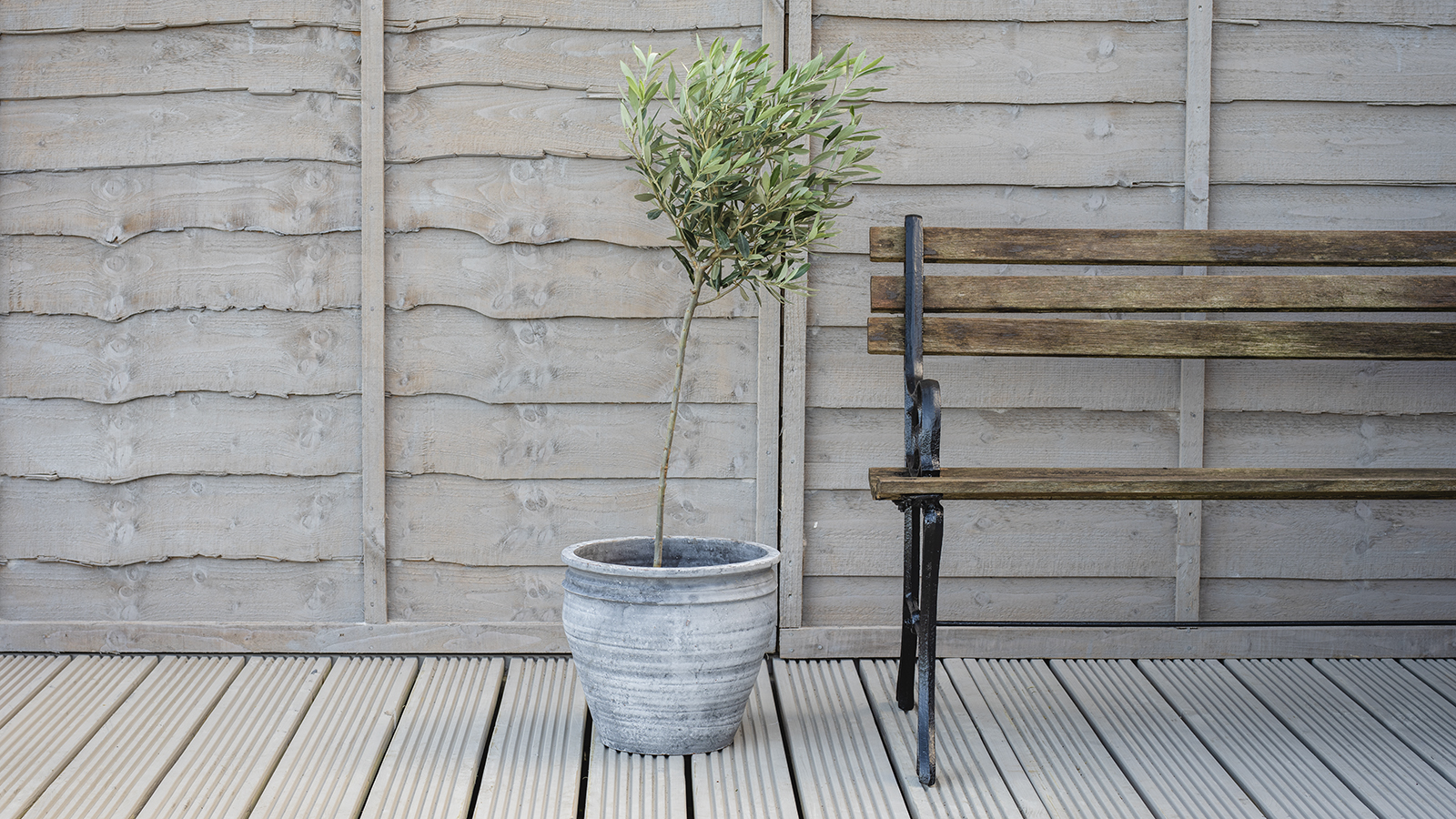
Thinking about entertaining outside again? There are a host of new decking colour ideas that will give your outdoor space a lift.
Spring and summer is one of the best times to spruce up your decking ideas. However, if it needs more than a scrub with soapy water to bring it back to life, think of it as an opportunity for a revamp and say goodbye to orangey pine.
'It's worth doing an annual maintenance review of your decking each spring,' says Ronseal's woodcare expert, Jimmy Englezos.
'Just take some time to have a look at how things are doing - the condition and age of the wood, the weather where you live and the state of any existing coating.'
10 Decking colour ideas
There a numerous ways to change the colour of your decking, from oils and wood stains to new style decking paints. These vary from natural timber tones such as oak, teak, birch and mahogany, and neutral hues, to jazzier shades like sage green, deep blue and blackcurrant.
'Many people choose an oil for newer decking to show off the wood’s natural grain and condition. For something slightly older, you could opt for a decking stain to provide brilliant protection, ' says Jimmy Englezos, Ronseal's woodcare expert.
'For older or more weathered decking, decking paint will help lock down damage like splinters and provide great colour coverage.
Get the Ideal Home Newsletter
Sign up to our newsletter for style and decor inspiration, house makeovers, project advice and more.
'Preparation is really important. It can be really tempting to skip the preparation stage but it really does make a big difference. It will help any treatment or colour you apply last and keep your deck protected and looking its best for longer.'
1. Be daring with a dark rich tone
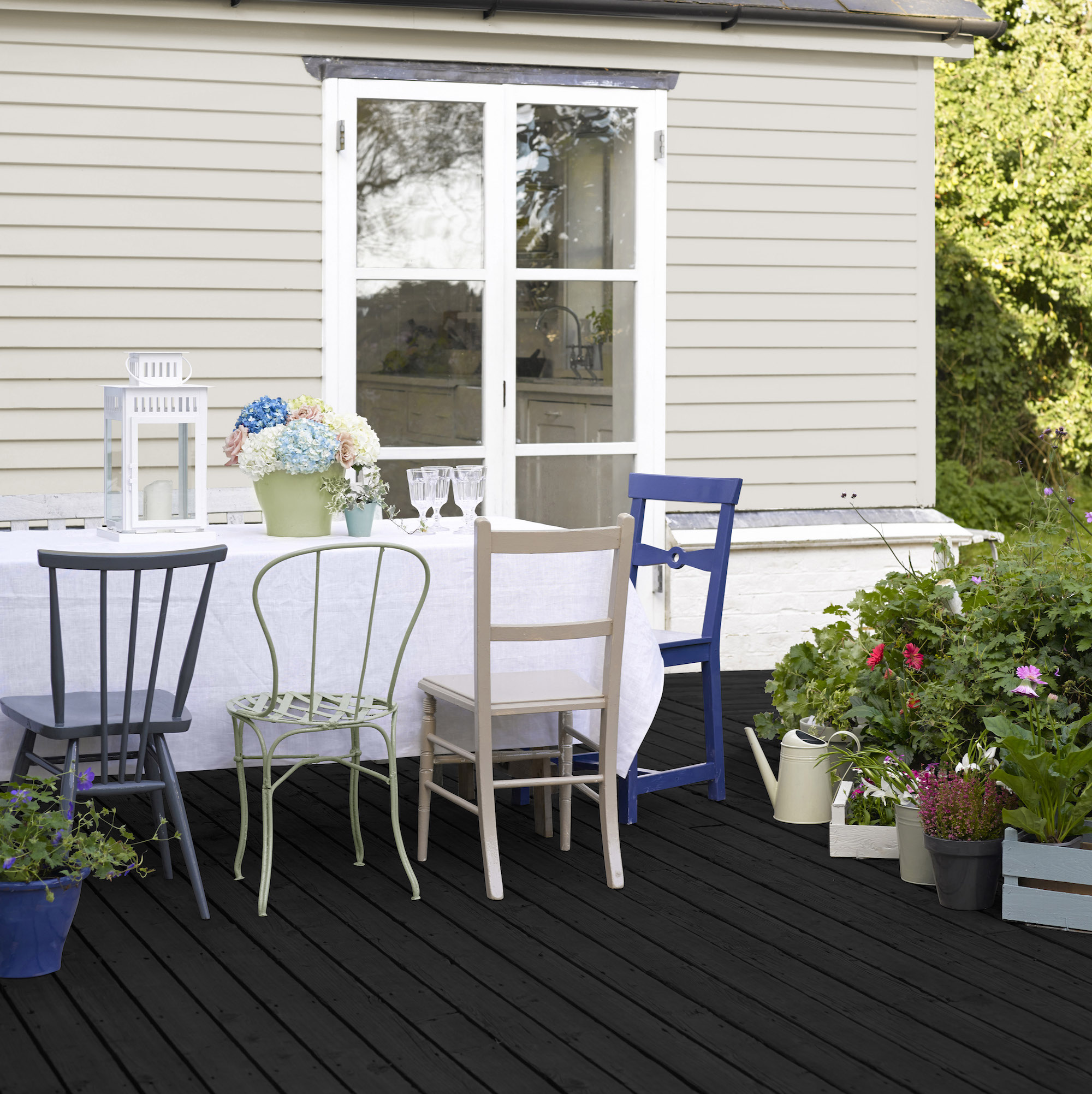
Dark, rich brown tones easily can really make a stand out feature of your deck, offsetting the colour of your walls or furniture. The best part is learning how to paint decking the right way is relatively simple making it a simple update you can do in a weekend.
'Colour can act as a backdrop for greenery and plants, using subtle tones, or it can be the star of the show and add warmth and energy all year round,' says Jemma Saunders, Colour consultant for Sadolin & Sandtex.
'Consider surrounding properties – keeping in theme with the rest of the street avoids a jarring scheme and ensures a continuous dialogue. Look at whether the street is colourful, classic, light or dark or varied, old, new when choosing a new colour or tone.'
2. Make it modern with charcoal grey
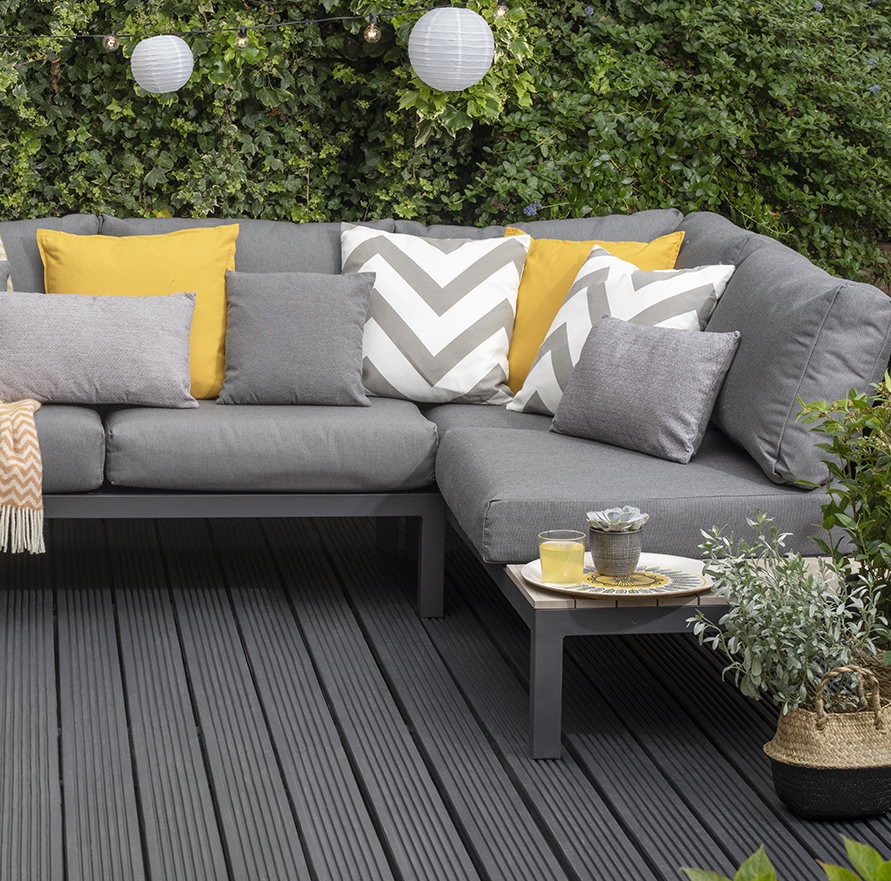
Popular in interiors for its smart and serene effect, charcoal grey can look just as good on exterior decking too.
'Don’t be afraid to go dark; charcoal, rocky grey and granite can highlight an abundance of green foliage across fences or decking, creating the effect of a lush, dense forest,' says Owen Wright, trend researcher at Trend Bible.
'Alternatively, enhance the natural feel of wood with darker oils or stains that enrich the natural grain and patina, adding character to furniture and decking.'
3. Give it a soft natural finish
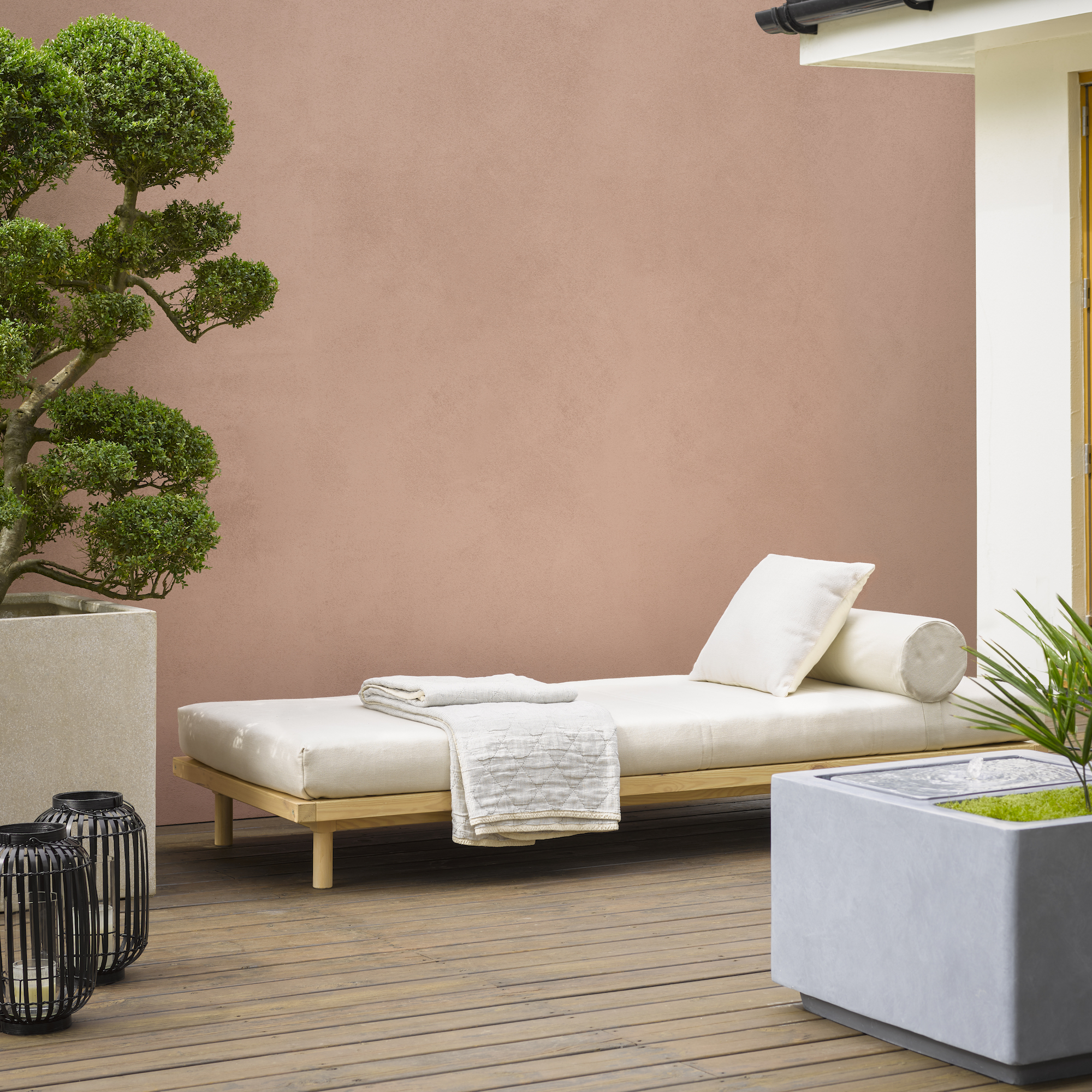
If you like the tone of the timber you have, or would prefer it to be a few shades darker, it's possible to enhance it with a subtle wood stain.
A shade such as white birch by Sandolin (available from Brewers) gives a beautiful natural look, unlike some coatings, which can make your decking look too yellow or orange. As with anything test the tone on a piece of scrap timber to make sure it's the finish you're after.
4. Freshen it up with a whitewash
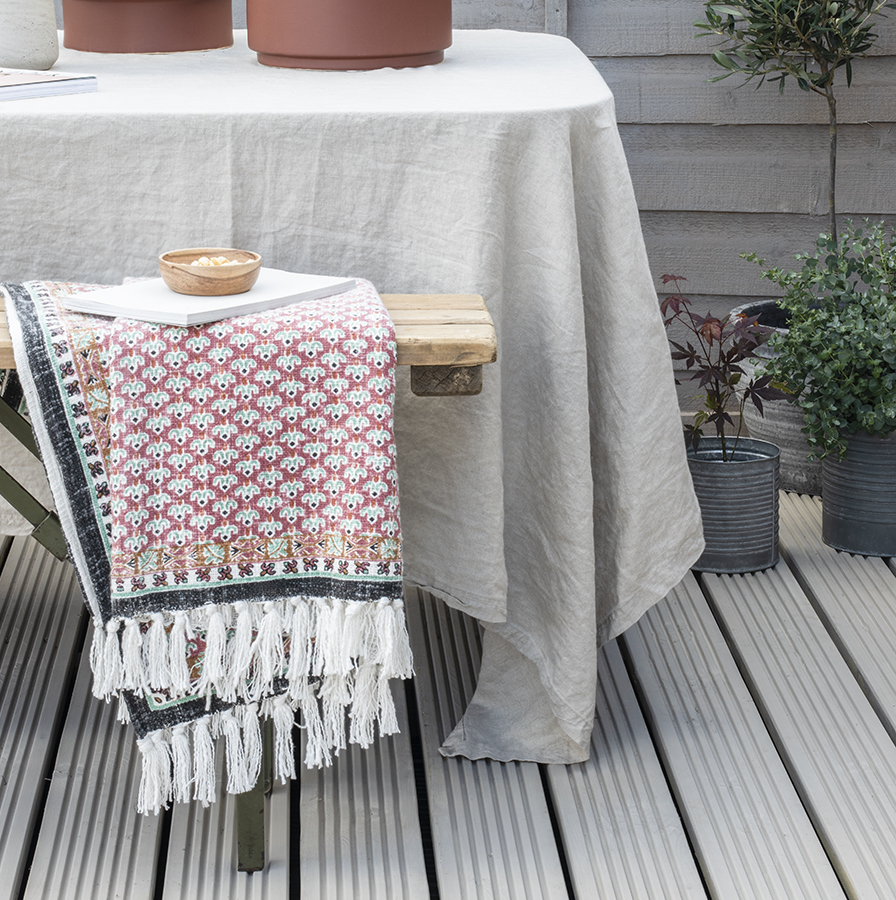
White floors look cool and calm indoors, but may not be something you've considered outside. It may not be viable if you have kids or pets, but if you don't, or you know how to clean decking effectively, it can offer a freshening effect for your decking.
'Whitewash stains and paints give decking, walls and fences a welcomed cooling effect whilst providing plenty of protection from the weather,' says Owen Wright, Trend Bible. 'Wood cladding, decking and painted masonry added to small yards can make them feel like specially designed outdoor rooms.'
5. Bring out the wood's warmth
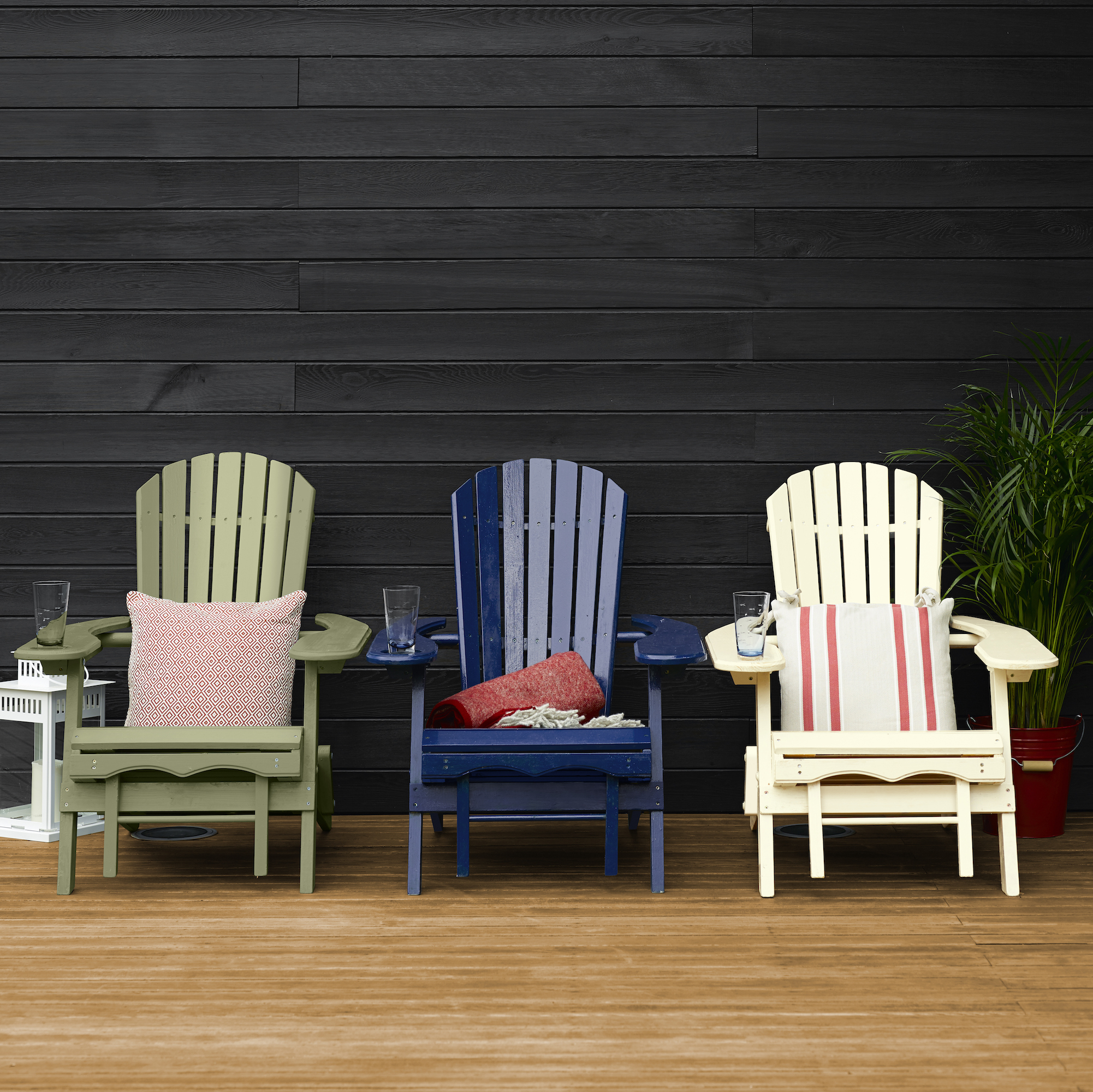
It's hard to go wrong with natural wood tones in the garden, so if your chosen or existing decking is already a beautiful colour, leave it that way.
Depending on the type of timber, it's likely to need protecting, especially if it's a soft wood, as most decking is. So coat it with decking oil, which will enhance its natural colour at the same time.
6. Go bold with blue
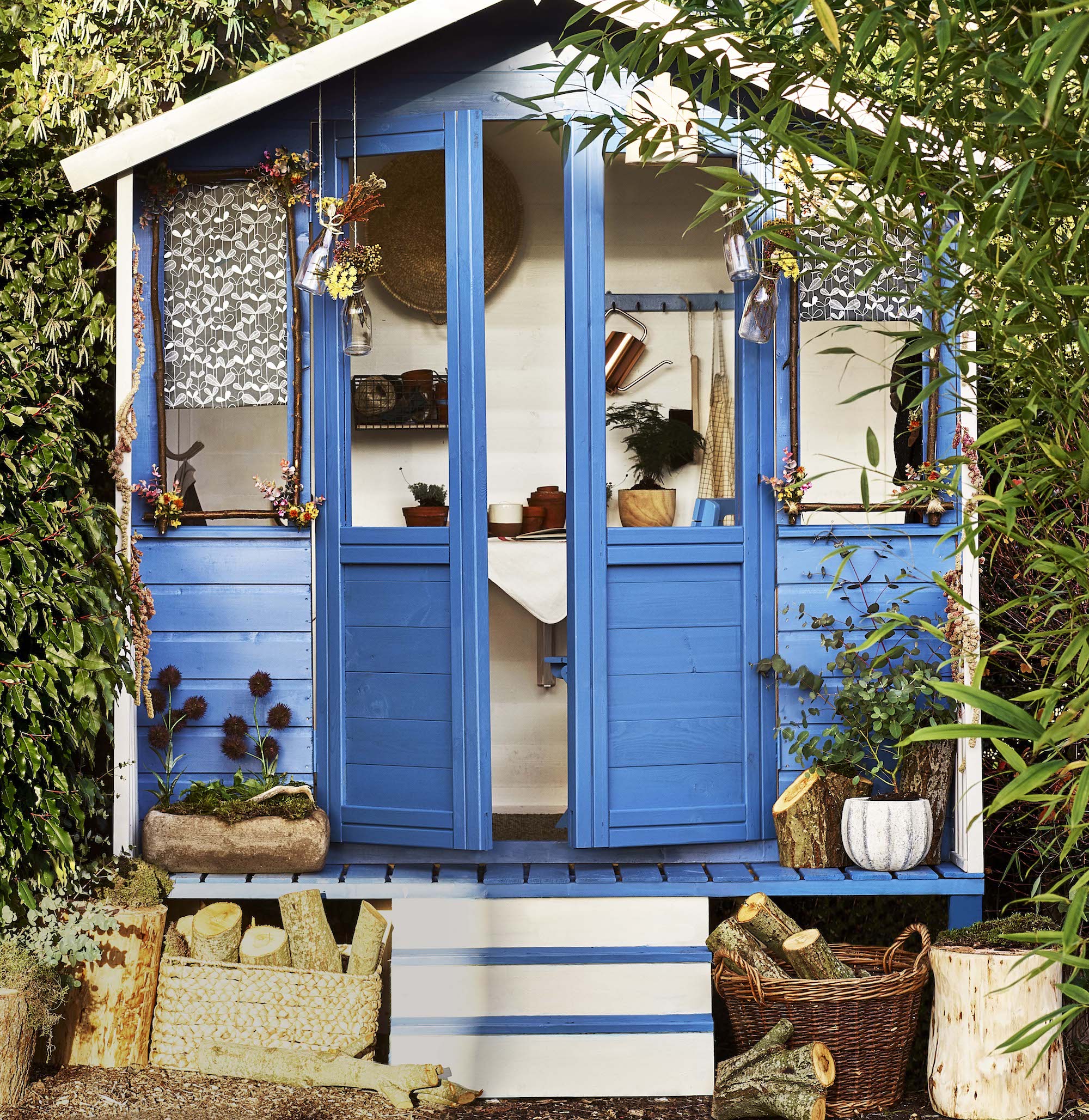
Choosing a bright colour for your decking is a brave choice, so make sure it's a shade you can live with.
If you'd rather start small, paint the decking to match your shed ideas or summerhouse in the same shade as the exterior paint. It will add a charming touch and turn it into a cute hideaway at the end of the garden, where you can retreat to pot plants or take time out.
7. Stay cool with soft grey
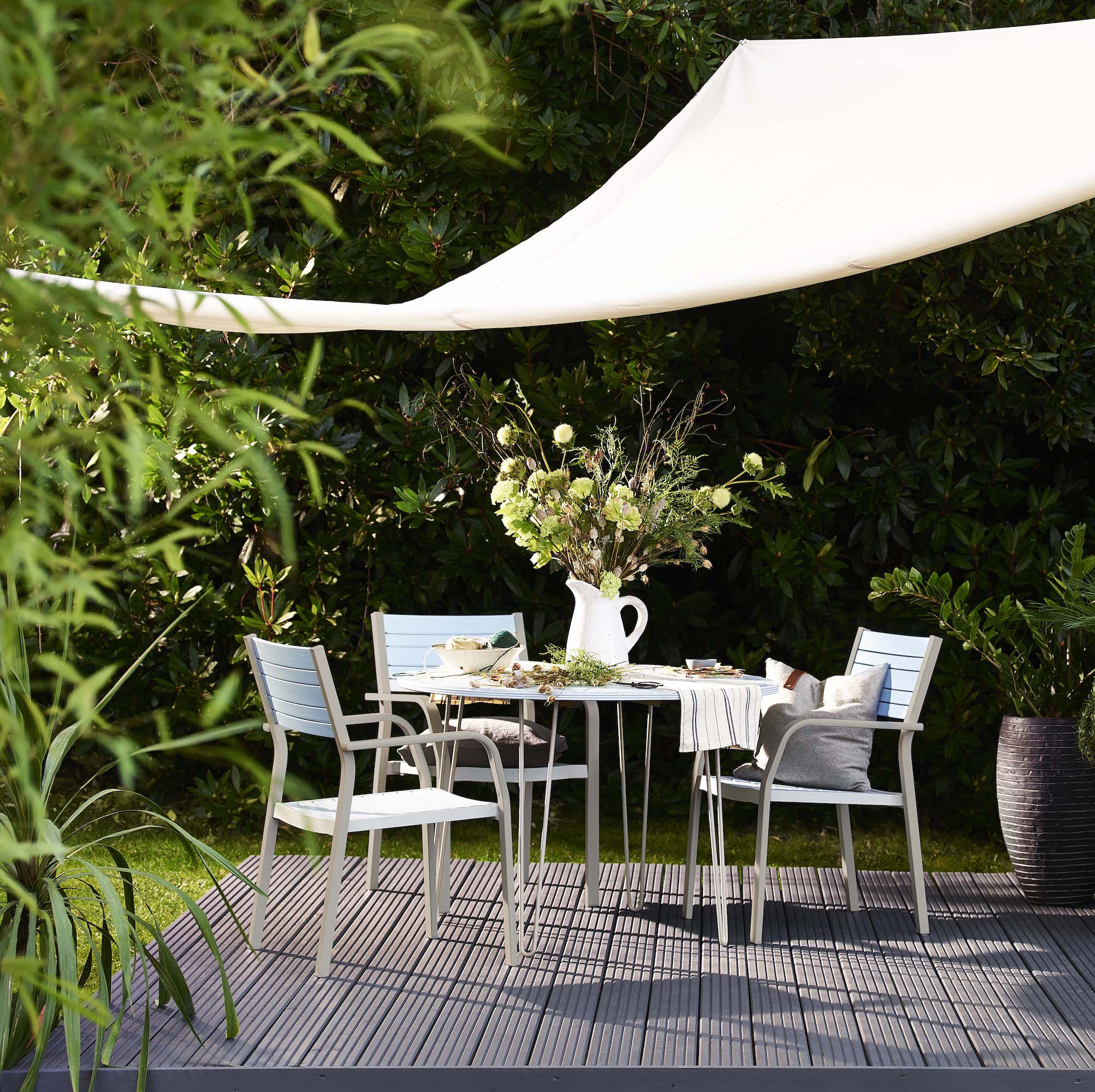
Much like indoor flooring, dark uniform colours can show up scuffs and marks, so if you have a busy household, mid-tones may be more suitable for outdoor decking.
Opting for a soft grey will give your garden decking a cool contemporary feel, that is easily complemented with white garden furniture or other neutral tones. It can also work well as a backdrop to brighter, bolder colours too.
8. Create contrast with colourful seating
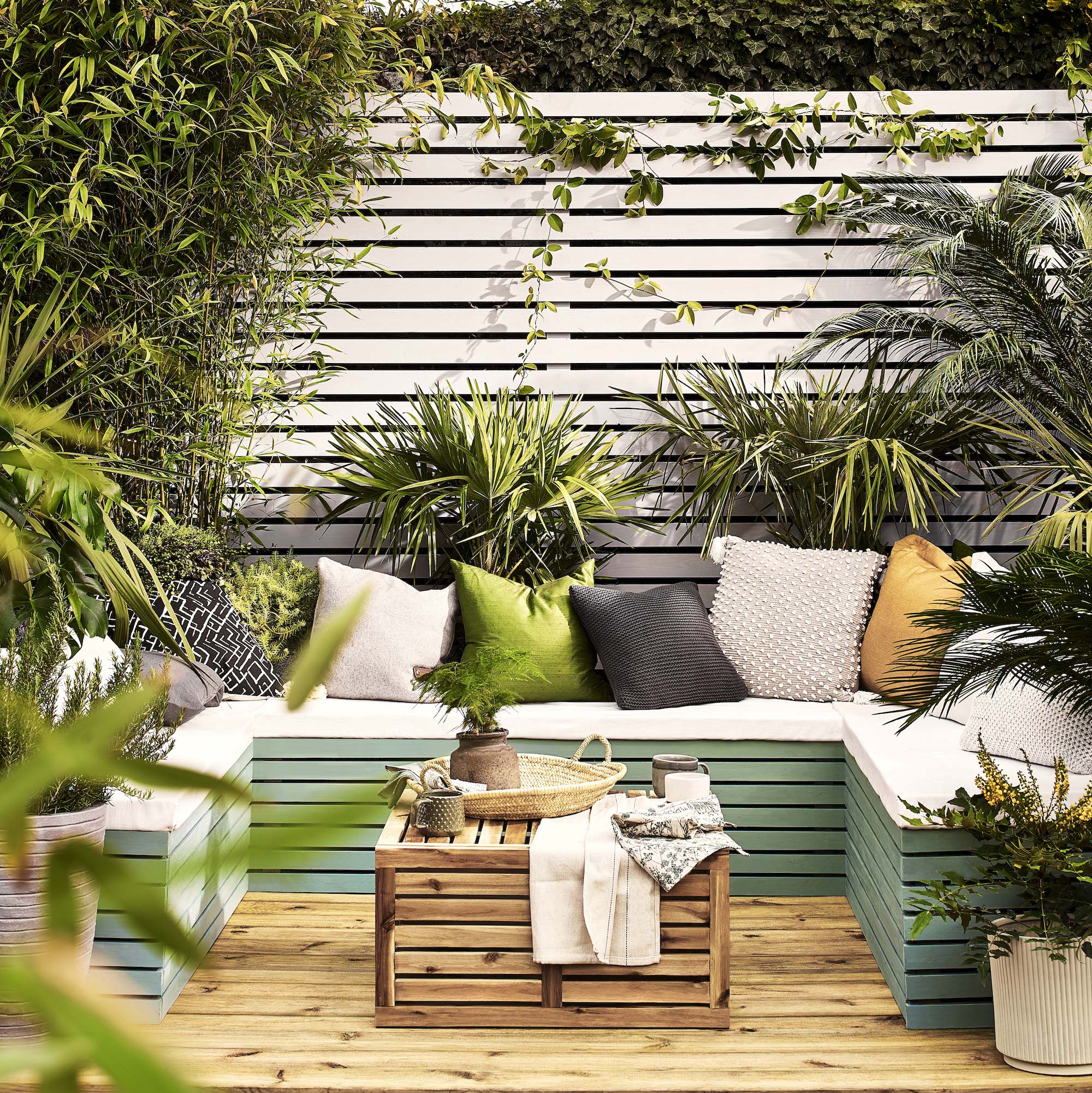
Keeping timber flooring in its original tone with decking oil makes a great foundation for introducing colour in other ways. Plentiful planting is an obvious and elegant way to flatter your garden with greenery, but painted furniture will complement timber decking too.
Soft green hues are a natural bed fellow with timber in a garden if you're looking to create a serene and stylish space to entertain in.
9. Add drama with a monochrome effect
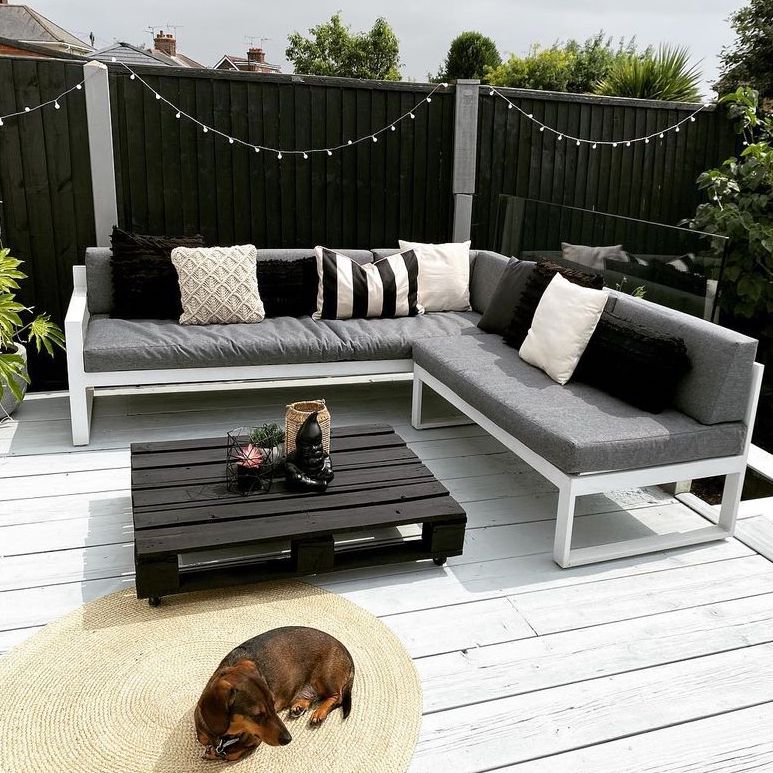
Teaming white decking with black fence ideas and monochrome outdoor furnishing is a recipe for a restful yet eye-catching scheme. It's also the perfect complement to your planting, ensuring verdant greenery stands out.
'Don’t be scared to be playful with colour, especially when it’s outdoors, be bold and create a talking point,' says Tash Bradley, Lick's Director of Interiors and Colour Psychologist.
10. Mimic colours of nature with a composite
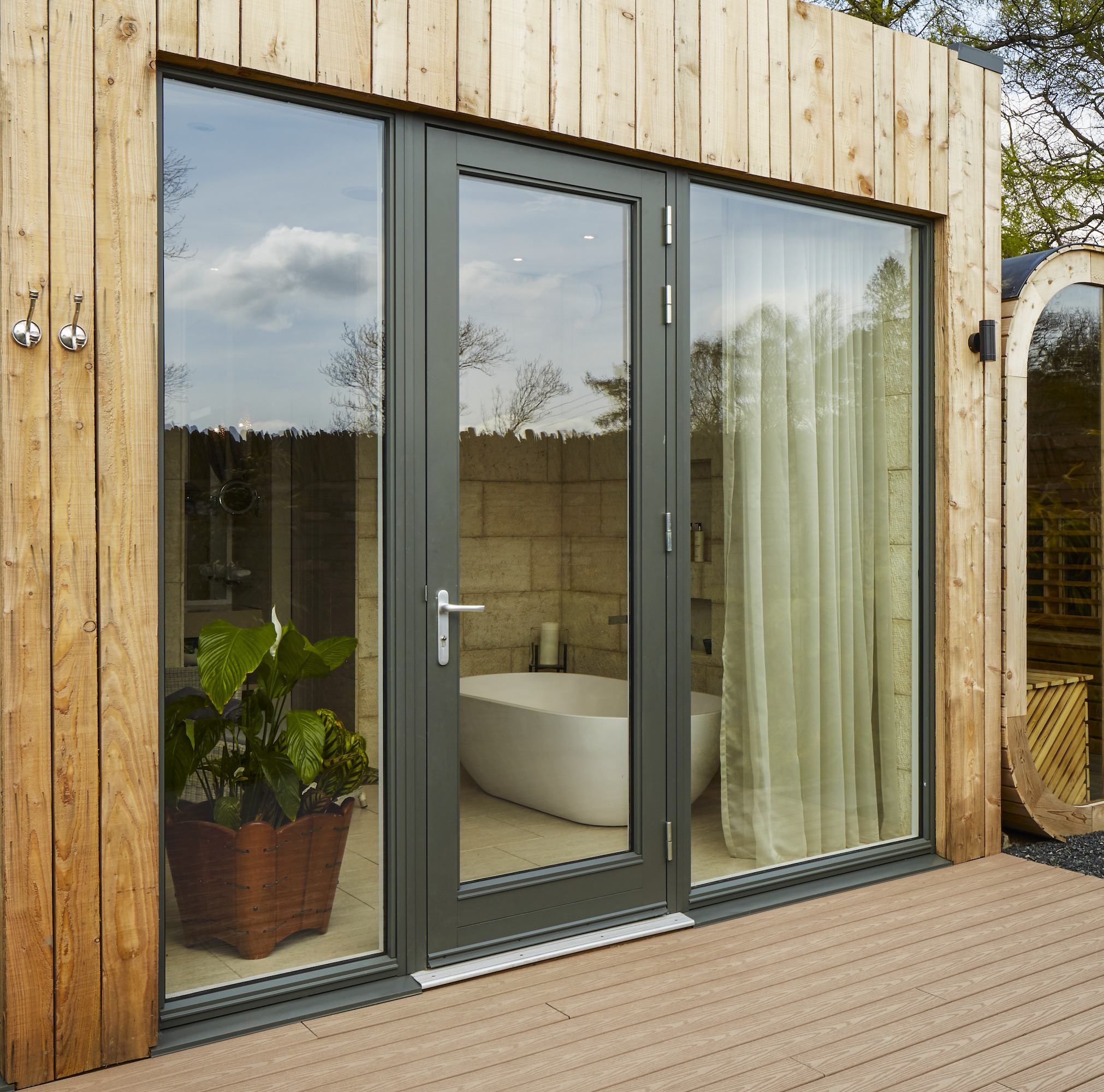
If you're going for a composite decking idea instead of timber, choose wood tones for longevity. It is less likely to date than other modern-looking tones.
'Unlike wood, the colour of composite decking is not easy to change unless you replace the flooring altogether. It is permanently coloured to help prevent fading,' says Nick Whiley, project director, Trekker Global.
What's the best colour for decking?
This depends on your home's exterior and the colours and tones in your garden. Avoid anything jarring, and look to either complement or contrast with your walls and fences.
'When choosing colour for your decking, consider three important things: style, light and practicality,' says Marianne Shillingford, Creative Director at Dulux. 'Style is all about the vibe and colours can help transform your deck into a stage that makes all of your outdoor furniture and planting look amazing.
'Dark colours like Black Ash, Urban Slate and Hampshire Oak make everything pop and work with all types furniture and planting if you like a contemporary feel. Pale shades make the most of the light you have in your garden and so if you have a small decked space that you want to appear much larger, choose a colour like City Stone or simply Anti-Slip Decking Stain.
'Practicality plays a big part in all decision making too and so if your decking tends is a busy space that is prone to getting a bit mucky, choose natural shades that help to disguise it like Boston Teak, Cedar Fall or Vermont Green.'
Is it better to paint or stain a deck?
According to Jimmy Englezos, Ronseal's woodcare expert decking paint is good for older or more weathered decking (unless you like the weathered look, which some people do). However, decking stain will provide all season coverage and oil will show off the wood's natural grain.
What is the most popular colour for decking?
Dark grey is a popular shade and will make surrounding green plants 'pop'. It will look great next to white rendered walls and similarly toned fences, however, it may not sit well next to red brick, so check the colour on samples or scraps of timber.
For longevity, you can't beat the natural silvery grey patina of oak or warm hues of cedar. Natural timber tones tend to work well anywhere.
'When we think about the colour trends for 2022, we think of nature and calming hues. Beige is one of the biggest colour trends for interiors in 2022, with green being used as an accent colourway,' says Nick Whiley, project director, Trekker Global.
'When it comes to wooden flooring and decking, natural, medium, and rich browns are increasing in popularity. Grey used to be the colour of choice for designers, but this is now starting to shift towards a more natural look, with a lot more greige options (grey and beige combined) becoming available.'
Jacky Parker is a freelance interiors & lifestyle journalist, specialising in modern interiors, design and eco living. She has written for Future’s interior magazines and websites including Livingetc, Homes & Gardens, Country Homes & Interiors and Ideal Home for over fifteen years, both as a freelance contributor and inhouse, with stints as Acting Digital Editor, Livingetc and Acting Style Content Editor, Country Homes & Interiors. Her work also features in national and international publications including Sunday Times Style, Telegraph Stella, The Guardian, Grand Designs, House Beautiful and more. With years of experience in the industry Jacky is privy to the insider view and the go-to places for interior inspiration and design-savvy décor.
-
 I tried out this neat little dehumidifier for a month – it dried my laundry in half the time
I tried out this neat little dehumidifier for a month – it dried my laundry in half the timeThe 20L SmartAir Dry Zone dehumidifier tackled my laundry drying woes head on
By Jenny McFarlane
-
 I’m seeing pastel garden furniture at all my favourite brands this spring, but QVC’s sorbet collection impressed me the most
I’m seeing pastel garden furniture at all my favourite brands this spring, but QVC’s sorbet collection impressed me the mostFresh pastel shades are a great way to liven up your outdoor space
By Kezia Reynolds
-
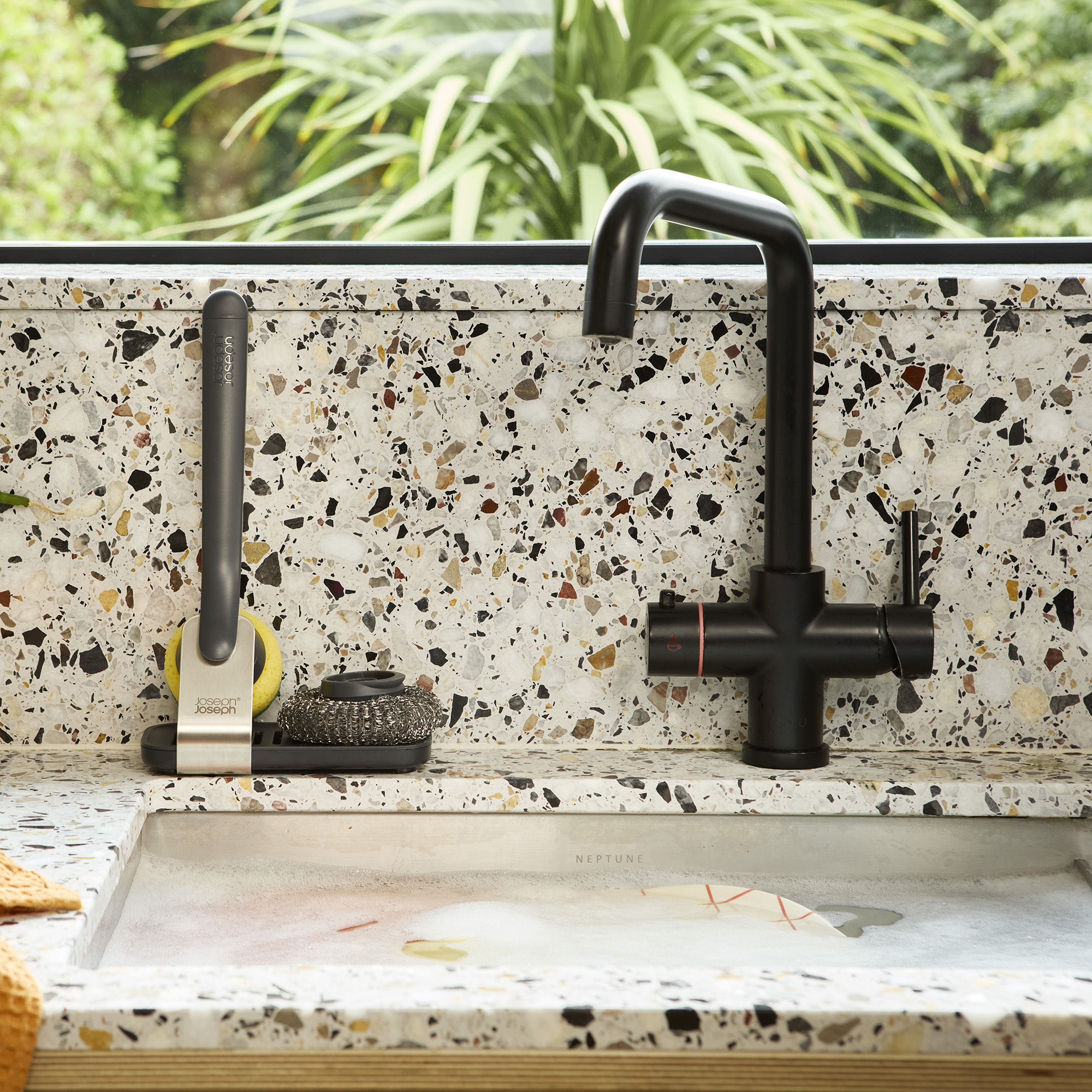 Don't tell my flatmates, but Joseph Joseph's clever new sink range finally made me enjoy washing up
Don't tell my flatmates, but Joseph Joseph's clever new sink range finally made me enjoy washing upI didn't know stylish washing up accessories existed until I saw this collection
By Holly Cockburn